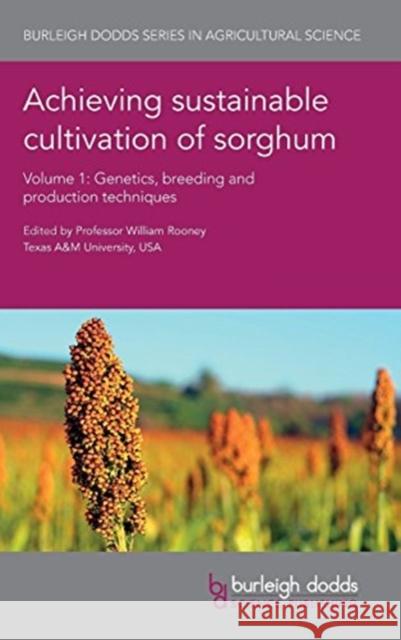Achieving Sustainable Cultivation of Sorghum Volume 1: Genetics, Breeding and Production Techniques » książka
topmenu
Achieving Sustainable Cultivation of Sorghum Volume 1: Genetics, Breeding and Production Techniques
ISBN-13: 9781786761200 / Angielski / Twarda / 2018 / 548 str.
Sorghum is one of the world's major cereals, cultivated in the semi-arid tropics for a growing range of uses. Like other crops it faces the need to meet rising demand whilst reducing its environmental impact and adapting to the challenges of climate change. This volume summarises the wealth of research addressing these challenges.
Part 1 explores the genetic diversity and genomics of sorghum. This provides the foundation for Part 2 which reviews advances in conventional and marker-assisted breeding and their use to develop high-yielding and stress-resistant varieties. The final part of the book discusses ways of improving cultivation to make the most of new varieties, from nutrient and water management to better control of diseases, insects and weeds. With its distinguished editor and international team of expert authors, this will be a standard work for cereal scientists, sorghum breeders and growers as well as government and non-government agencies supporting sorghum cultivation. It is accompanied by a companion volume which reviews the range of uses of sorghum and cultivation in different regions.










